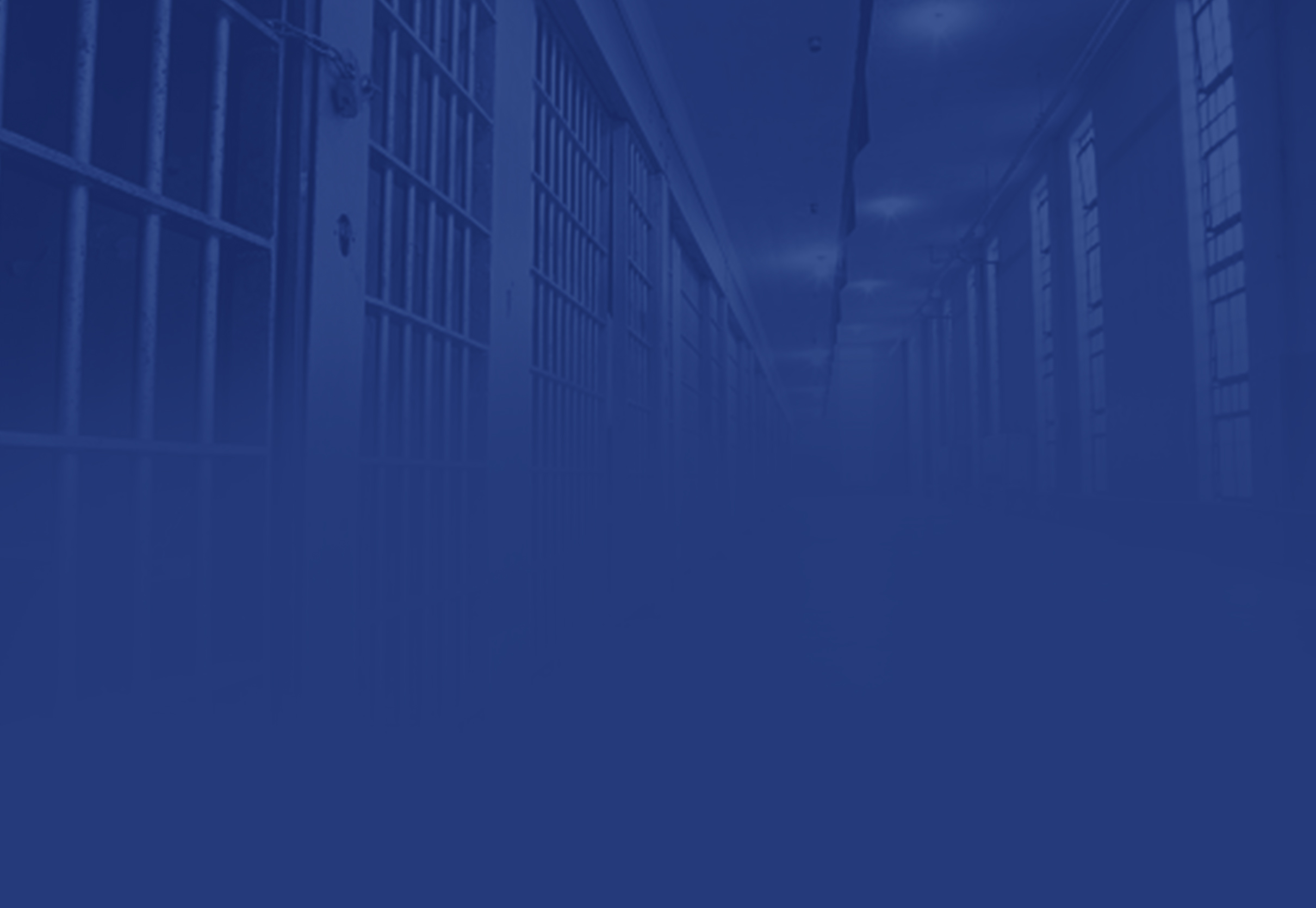Overview
“America has always been a land of opportunity and second chances. When we hold individuals fully accountable for their actions while treating them with respect in the process, all society benefits.” - Governor Matt Bevin (R-KY)
The purpose of our criminal justice system is to promote public safety by punishing, deterring, and rehabilitating those who have harmed, or continue to pose a threat to, society. However, our current methods do not achieve this goal—in fact, they do the opposite. We incarcerate thousands of individuals for low-level drug possession or distribution, but simply locking them up is not the answer. Incarceration separates these individuals from society and increases the amount of time spent with hardened criminals who have committed serious crimes. This separation prevents these individuals from remaining employed, spending time with their families, and obtaining the help and rehabilitation they need. As a result, they return to their communities unchanged or even more likely to reoffend in the future. They will most likely return to the life they once knew, putting them at risk of falling prey to our prisons’ revolving door.
To truly promote public safety in the most efficient and fiscally responsible way, the criminal justice system must address issue areas such as mandatory minimums, drug courts, rehabilitation, and nonviolent crimes. When mandatory minimums are in place, too many people end up behind bars, costing taxpayers thousands of unnecessary dollars. In most jails and prisons, nonviolent inmates take up the majority of the beds. This is fiscally irresponsible; these beds and resources should be reserved for violent offenders who pose the most serious threats to public safety. Nonviolent offenders should be considered for incarceration alternatives, such as parole, probation, or rehabilitation programs—all of which are less costly than incarceration and more likely to keep these individuals from returning to prison in the future. It is absolutely wasteful to spend so much money on a justice system that doesn’t actually work when we have evidenced-based alternatives proven to create better outcomes.
Several states have implemented these alternatives and seen great success. Texas saw a 16% decrease in incarceration rates and a 30% decrease in crime rates within ten years of implementing reforms. By doing this, it closed numerous prisons and saved $2 billion. Within eight years of reform implemented in South Carolina, the state saw a 14% reduction in its prison population and avoided as much as $491 million in prison costs. It also saw a drastic reduction in recidivism rate. These successes need to be capitalized on in order to further improve public safety, reunite families, and save taxpayer money.
Conservative Solutions
• Establish drug courts
• Focus on rehabilitation rather than punitive sentences
• Provide reentry programs
